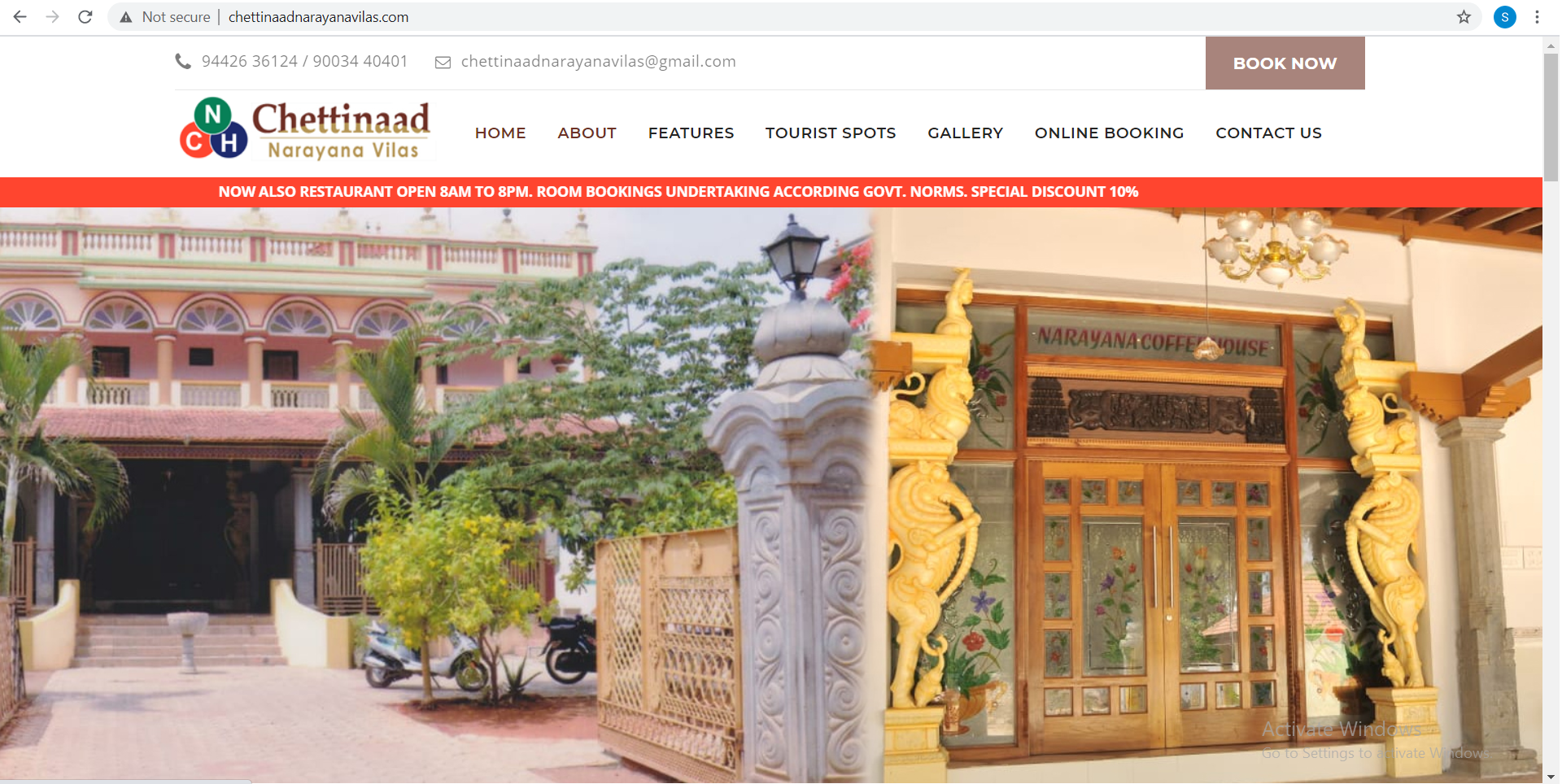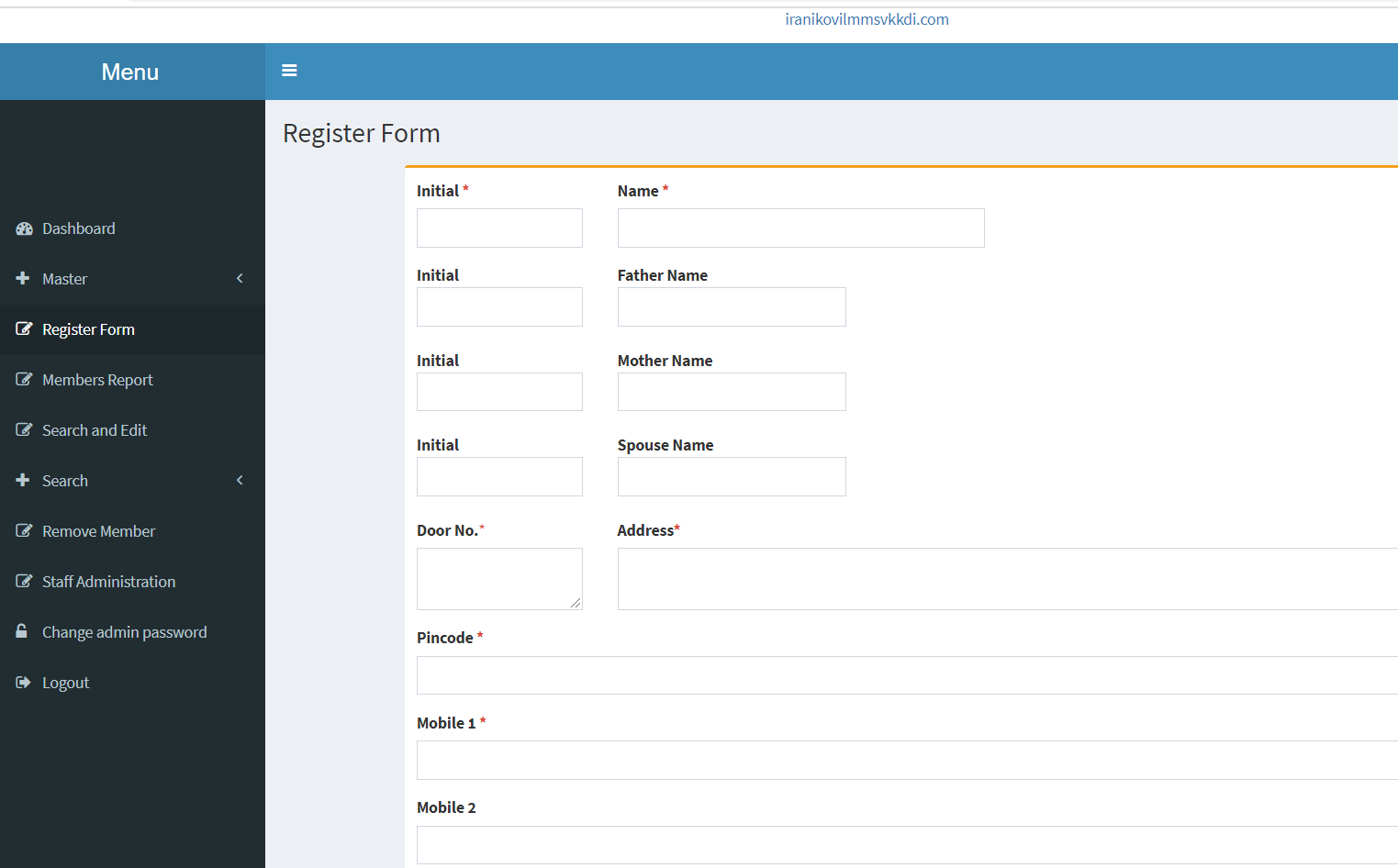- Call Us:
 91-94443 44022
91-94443 44022 srinivasan@chettinaduwebhosting.com
srinivasan@chettinaduwebhosting.com
Dynamic Web Designing
Web Site, or individual web page, can be static or dynamic. A static website contains information that does not change. It remains the same, or static, for every viewer of the site. A Dynamic Website contains information that changes, depending on the viewer of the site, the time of the day, the time zone, the native language of the country the viewer is in or many other factors. For example, the Computer Hope main page is a dynamic website that changes daily automatically.
A Dynamic Website can contain client-side scripting or server-side scripting to generate the changing content, or a combination of both scripting types. These sites also include HTML programming for the basic structure. The client-side or server-side scripting takes care of the guts of the site.
Web pages that use server-side scripting are often created with the help of server-side languages such as PHP, Perl, ASP, ASP.NET, JSP, ColdFusion and other languages. These server-side languages typically use the Common Gateway Interface (CGI) to produce dynamic web pages. These kinds of pages can also use, on the client-side, the first kind
There are two ways to create this kind of effect:
- Using client-side scripting to change interface behaviors within a specific web page, in response to mouse or keyboard actions or at specified timing events. In this case the dynamic behavior occurs within the presentation.
- Using server-side scripting to change the supplied page source between pages, adjusting the sequence or reload of the web pages or web content supplied to the browser. Server responses may be determined by such conditions as data in a posted HTML form, parameters in the URL, the type of browser being used, the passage of time, or a database or server state.





















